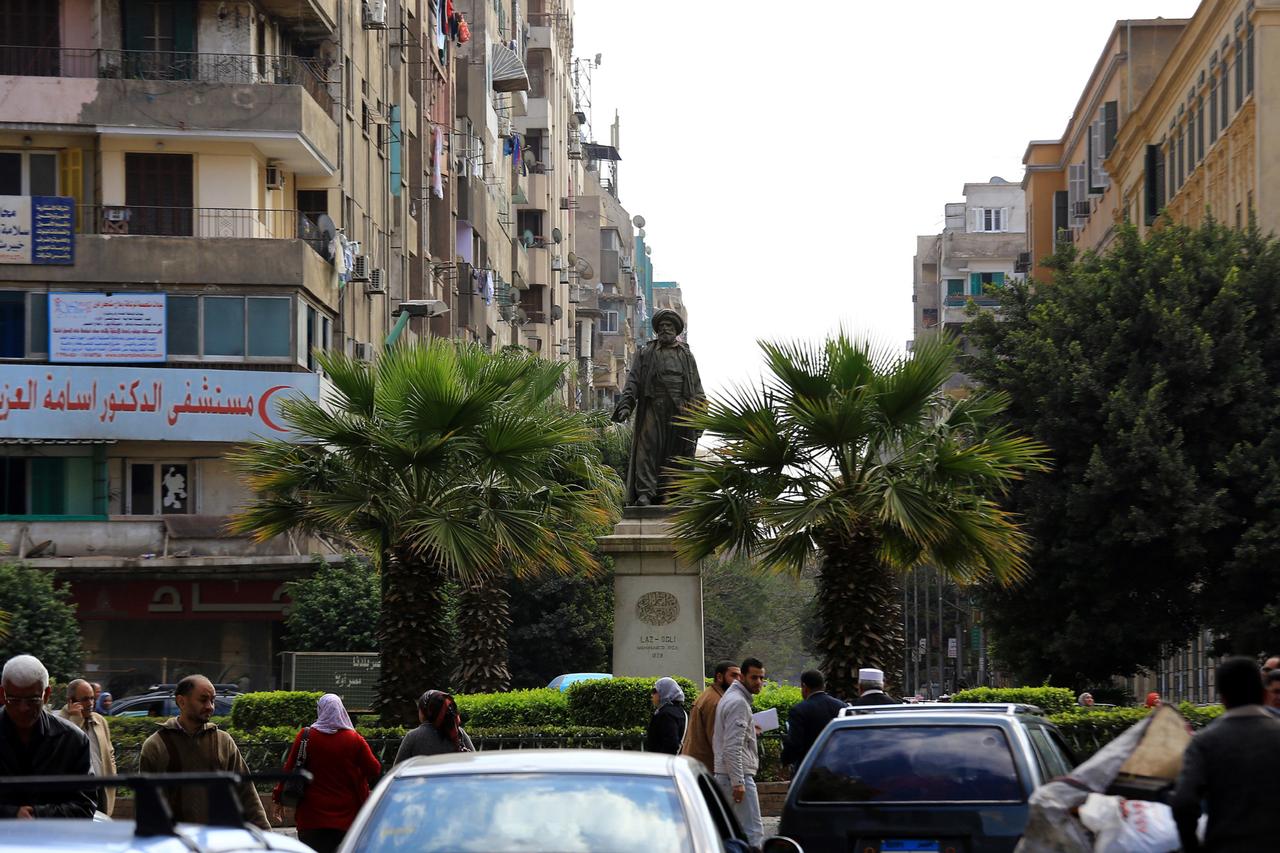
Muhammad Lazoghly Pasha—also known as Mehmed Lazoglu or Lazoglu Muhammet Pasha—originally from the Laz region on the Turkish-Georgian border, rose to prominence as a close confidant of Muhammad Ali Pasha, the Ottoman governor who transformed Egypt in the early 19th century.
Trusted for his discipline and insight, Lazoghly served as katkhuda—deputy viceroy—giving him broad powers to oversee other officials and manage Egypt’s civilian administration.
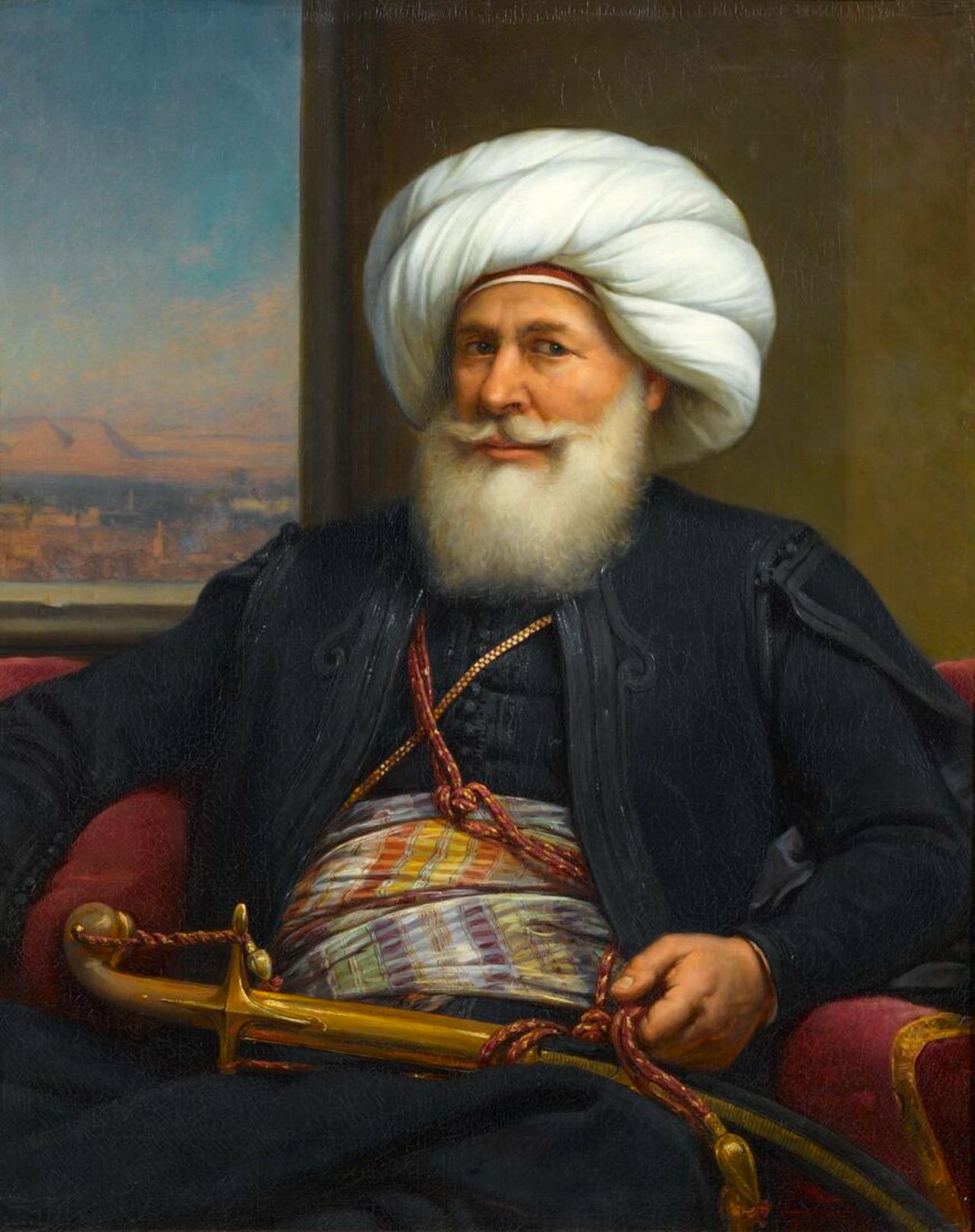
When Muhammad Ali launched his Arabian campaigns against the Wahhabis, Lazoghly kept Egypt stable. He uncovered and crushed a coup attempt orchestrated from Istanbul through Latif Pasha, who had been sent to provoke rebellion.
Lazoghly ordered his execution and dissolved his militia, preserving his master’s rule. His loyalty earned him further appointments as Director of the War Department and the founder of a military academy in Aswan.
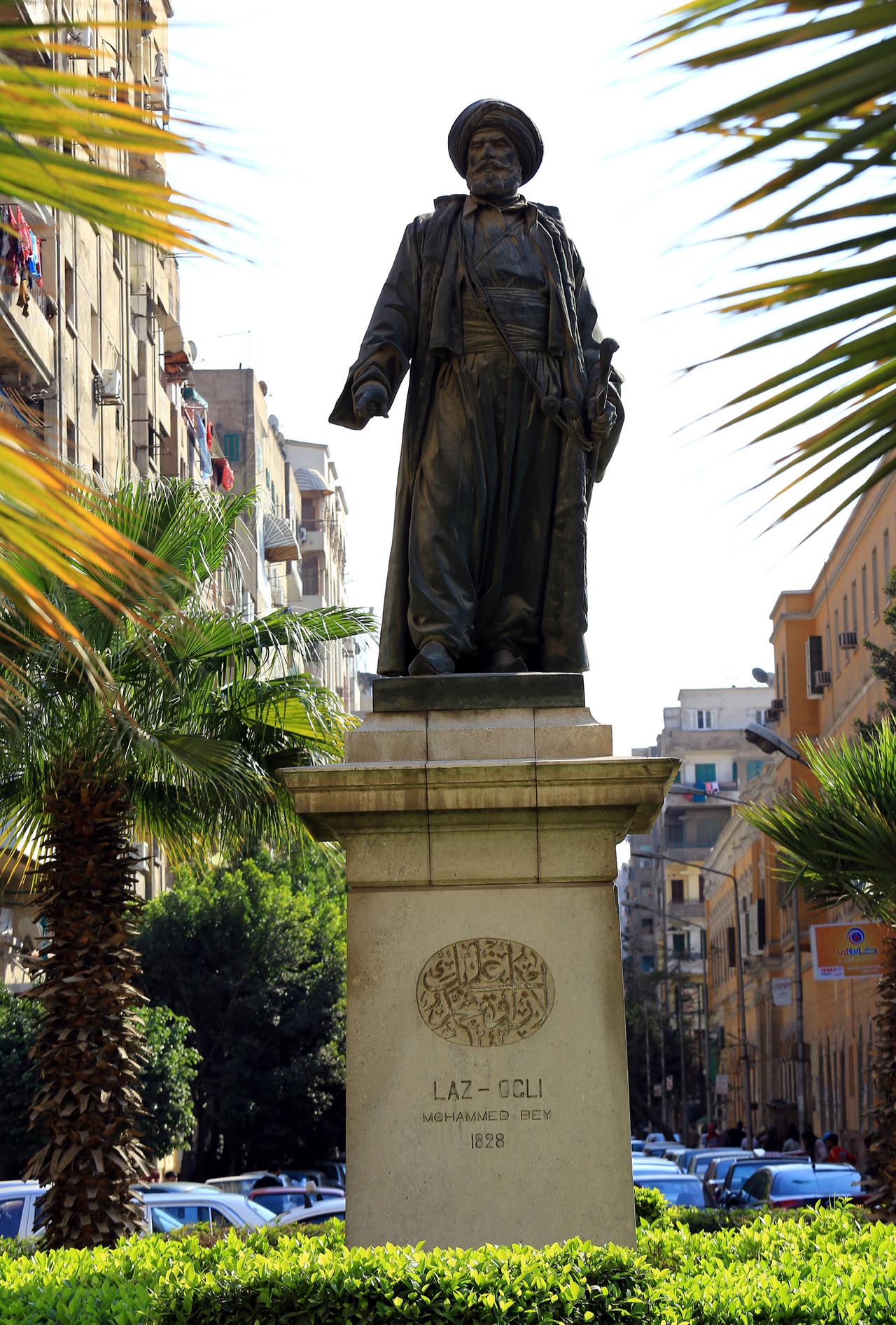
After Lazoghly diedin 1828, his name endured in Cairo’s memory. Around 1874, Khedive Ismail Pasha commissioned the French sculptor Henri Alfred Jacquemart to immortalize him in bronze. The challenge was that no one knew what Lazoghly looked like.
According to Egyptian writer Fayza Hassan, government officials turned to two notable figures, Sabet and Daramalli Pasha, whose families had once been close to Lazoghly.
While the two pashas were drinking tea at a café in Khan al-Khalili, Daramalli spotted a saqqa—a traditional water carrier—bent under his goatskin container. “Doesn’t he look exactly like Lazoghly?” he said. His companion agreed: “The spitting image of the katkhuda.”
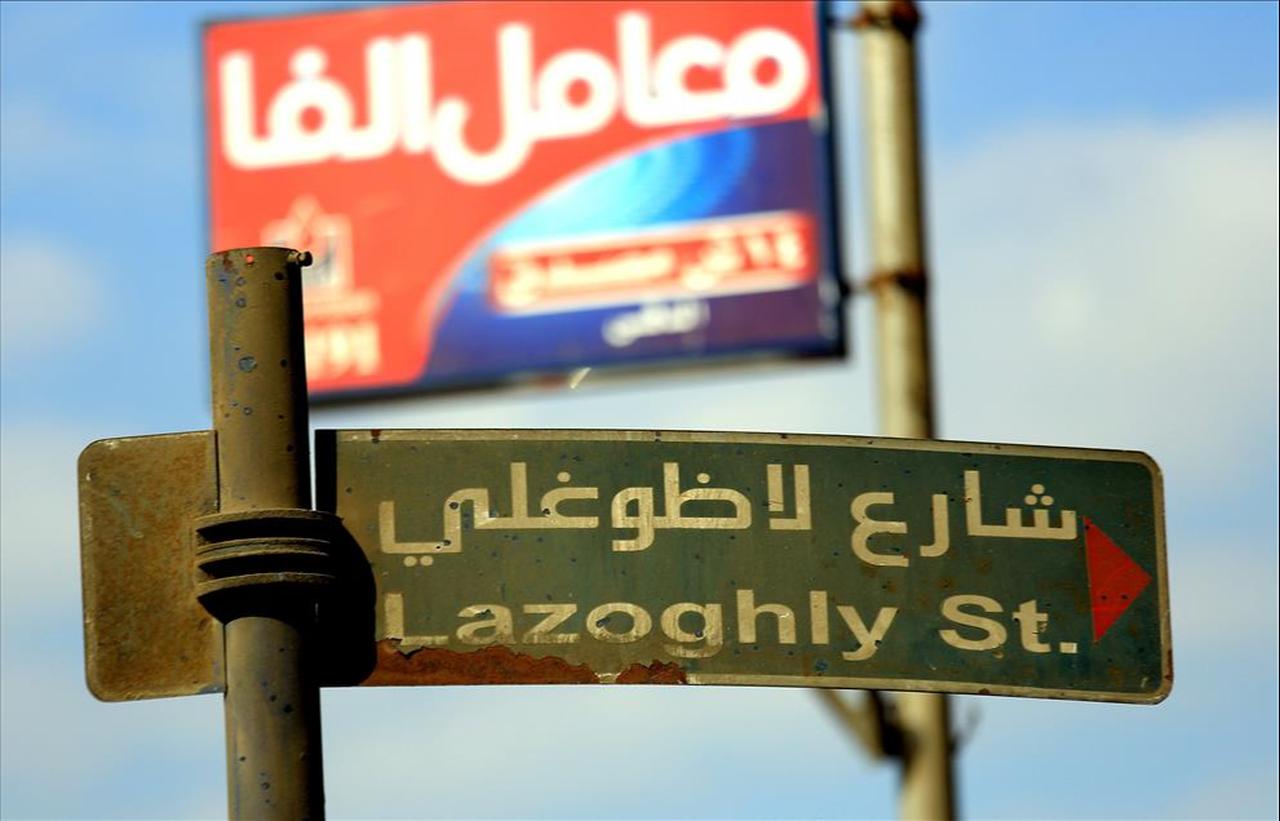
The saqqa was promptly brought to Jacquemart, dressed in Ottoman attire, and posed as the model for the statue. Thus, the likeness that stands today is not Lazoghly himself, but a humble water bearer who happened to resemble him.
Commissioned by Khedive Ismail Pasha in 1874 from the French sculptor Henri Alfred Jacquemart, the Lazoghly Statue stands on a marble plinth and rises roughly one-and-a-half times human height.
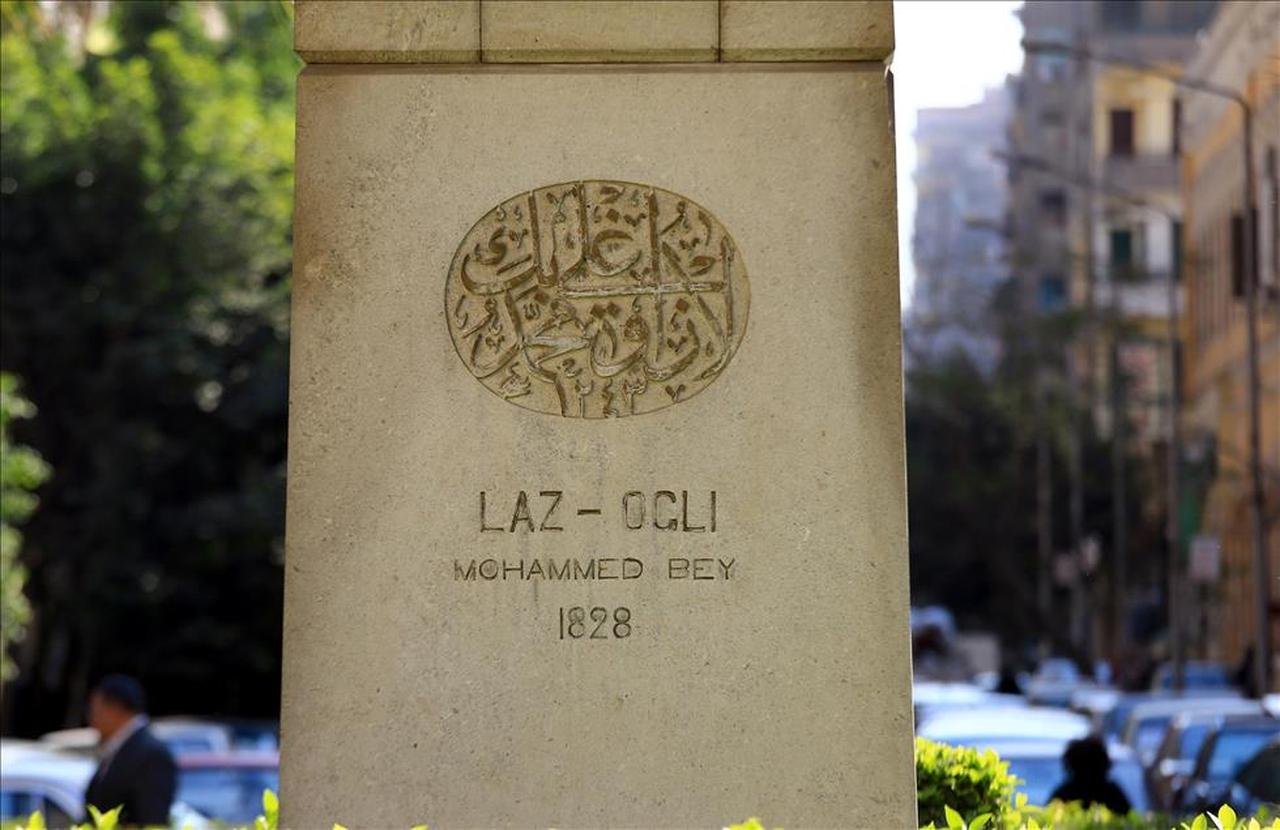
The statue still stands near the Maglis al-Shaab, Egypt’s parliament, at the intersection of Magles El-Ommah, Dawawin, and Khairat Streets—an area known as Lazoghly Square.
The inscription “Laz Ogli Muhammed Bey 1828” commemorates the man who once governed Egypt in his master’s absence.
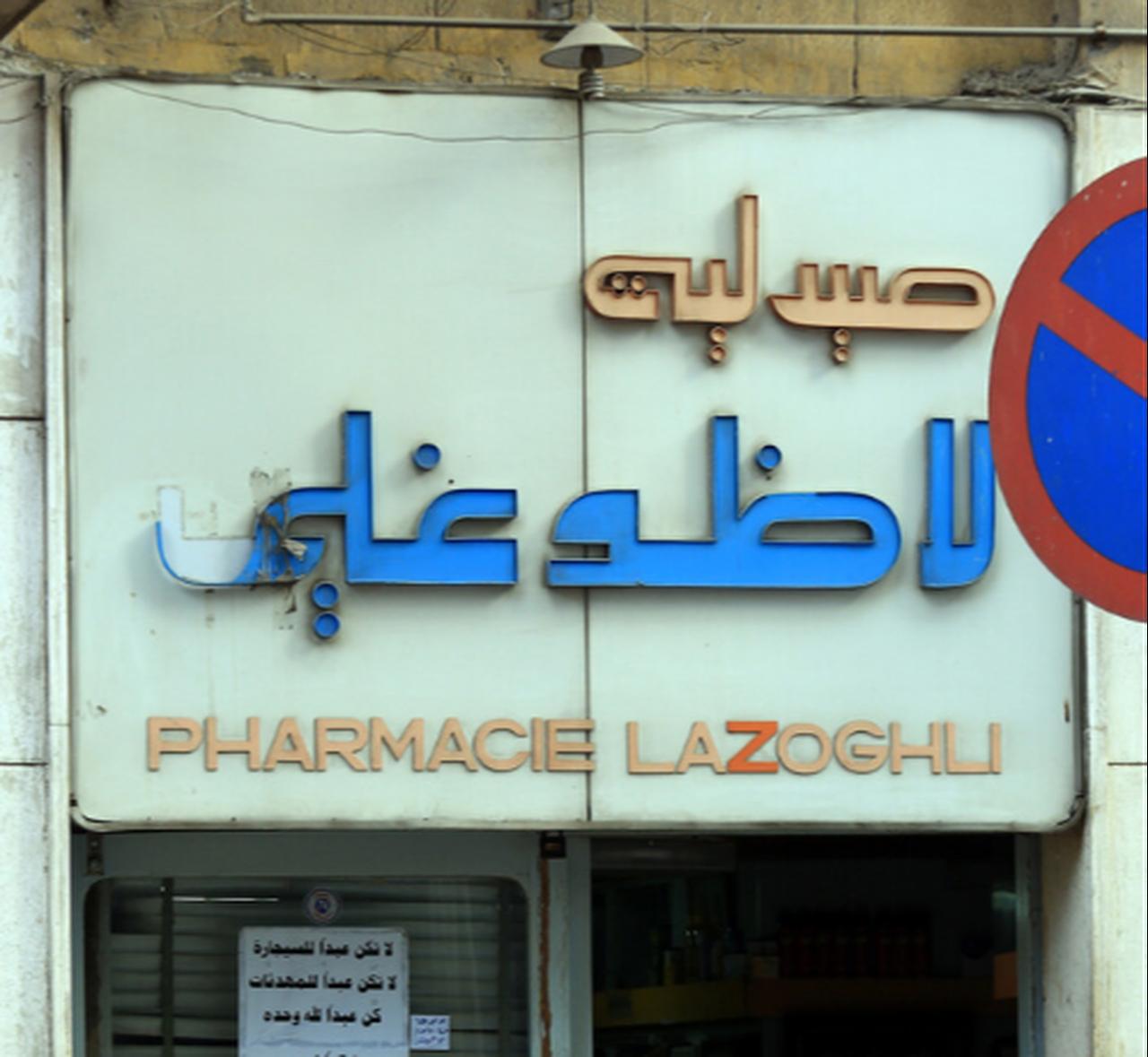
Lazoghly Pasha remains remembered as both the strategist who shielded Muhammad Ali’s rule and the subject of one of Cairo’s most curious artistic legends—a monument where power and anonymity merged into one figure.